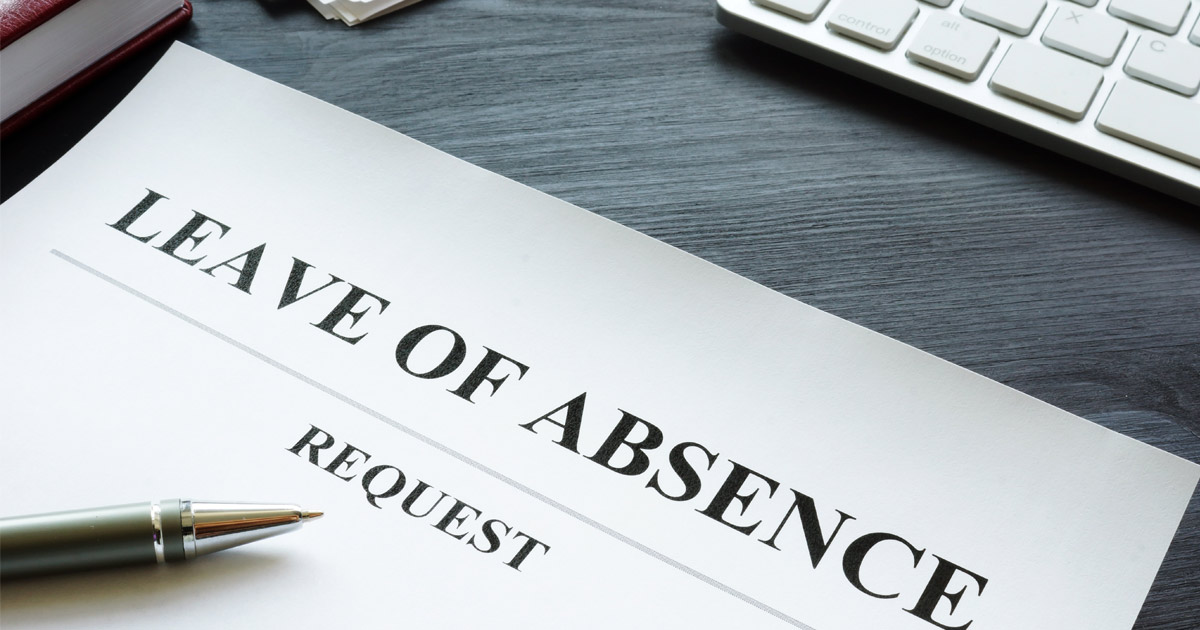Michael J. Davey, Esquire
Employment Law Department
Eckell Sparks Law Firm
610-565-3700
Yesterday (March 11, 2021)—pretty much one year to the day from when the COVID-19 pandemic hit—President Biden signed the American Rescue Plan into law (and not for nothing, but I’m a tad disappointed that Congress couldn’t come up with a catchier name . . . “ARP” sounds like something you’d hear from a hurt dog.)
Besides another round of stimulus checks (more about the “dolla, dolla bills y’all” can be found here), the ARP makes only a few minor tweaks to COVID-related employee leave laws.
Most importantly, all COVID-related federal leave remains voluntary. While the paid leave provisions of the Families First Coronavirus Relief Act (“FFCRA”) technically remain on the books, they have ceased being mandatory since January 1, 2021. Even before the passage of the ARP, employers covered by the FFCRA last year still had the choice to provide employees with COVID-related leave, if they wanted. If they did, then the employer could receive federal tax credits for those wages up through March 31, 2021. The ARP keeps this same voluntary system in place but eliminates the “March 31, 2021” cut-off date and adds a couple of new qualifying categories of leave.
Now in English: going forward, employers with 500 employees or less can choose to give employees paid leave (up to $200 / day or $12,000 max) and receive an equivalent tax credit on their quarterly federal tax returns for any employee:
- Who is subject to a Federal, State, or local quarantine or isolation order related to COVID-19;
- Whose health care provider has advised him/her to self-quarantine due to COVID-19;
- Who is experiencing COVID-19 symptoms and seeking a medical diagnosis;
- Who is caring for an individual who is under a Federal, State, or local quarantine or isolation order related to COVID-19;
- Who is caring for an individual who has been advised by his/her health care provider to self-quarantine due to COVID-19;
- Who is caring for a son or daughter whose school or child care facility is closed or unavailable because of COVID-19;
- Who is seeking or awaiting a COVID-19 test result or a COVID-19 diagnosis if the employee has been exposed to COVID-19 or the employer has requested that the employee get tested (this one is new); or
- Who is getting a COVID-19 vaccine or recovering from any symptoms or health condition related to the COVID-19 vaccine (this one is also new).
So, under the last bullet point, an employer can now grant paid leave (but doesn’t have to) for employees who need to time off from work to either (1) get a COVID-19 vaccine, or (2) recover from any side effects from the vaccine. (If you’ve made it this far and haven’t fallen asleep yet, you can read more about COVID-19 vaccinations and the workplace here).
Have other questions about the impact of COVID-19 on your life, your job, or your business? Visit our Coronavirus Resources page, or call us for a free consultation.

